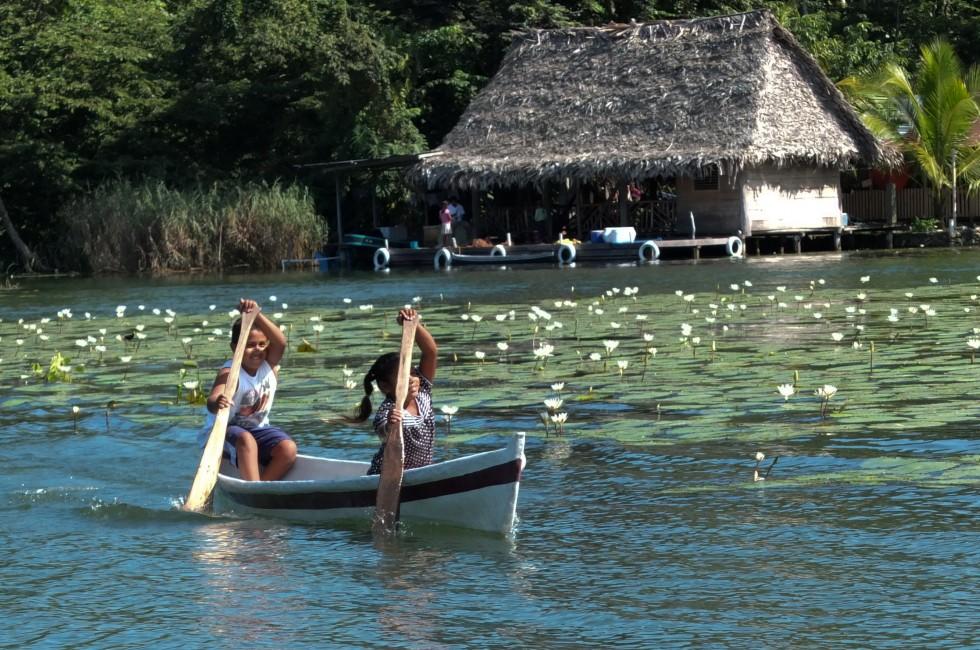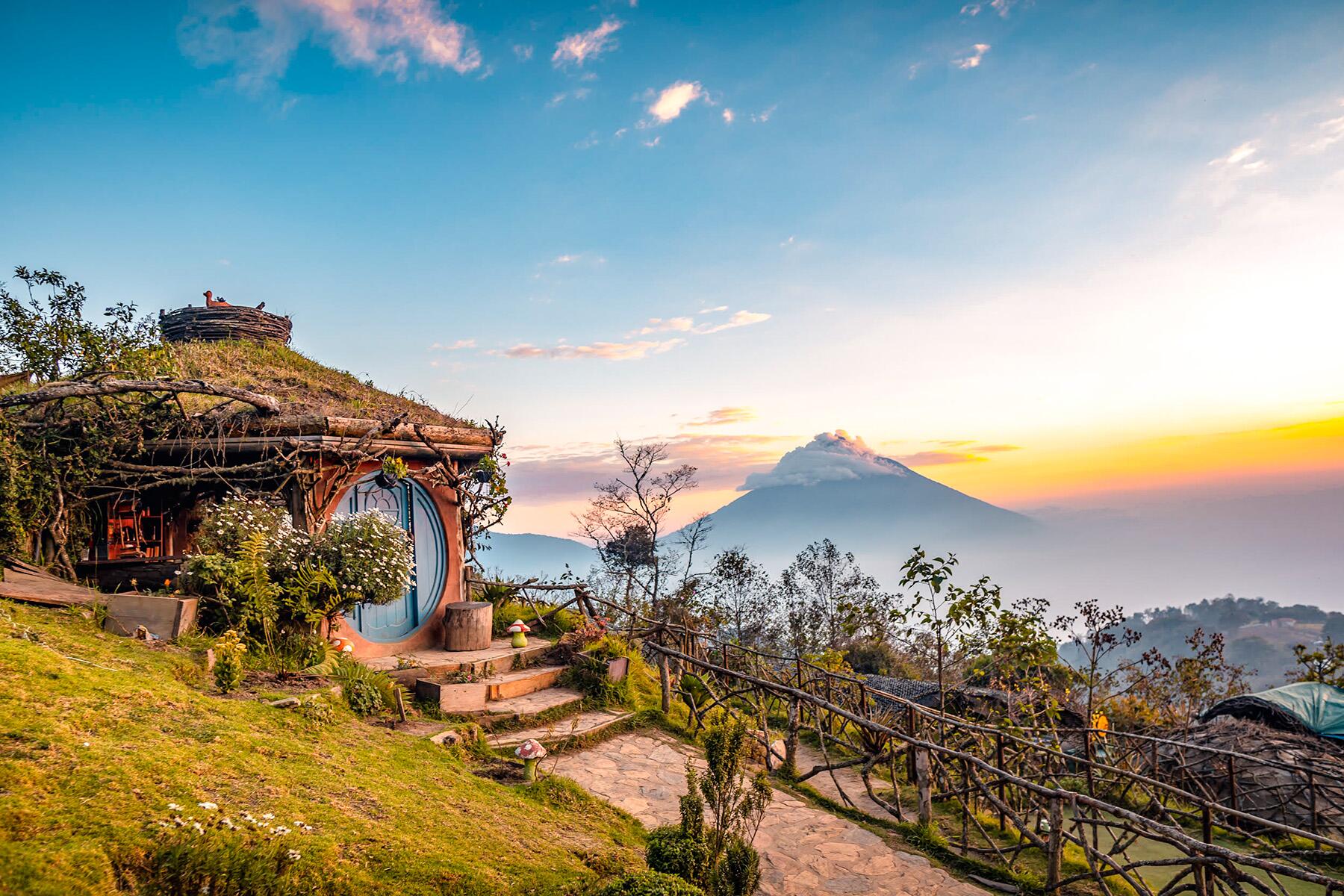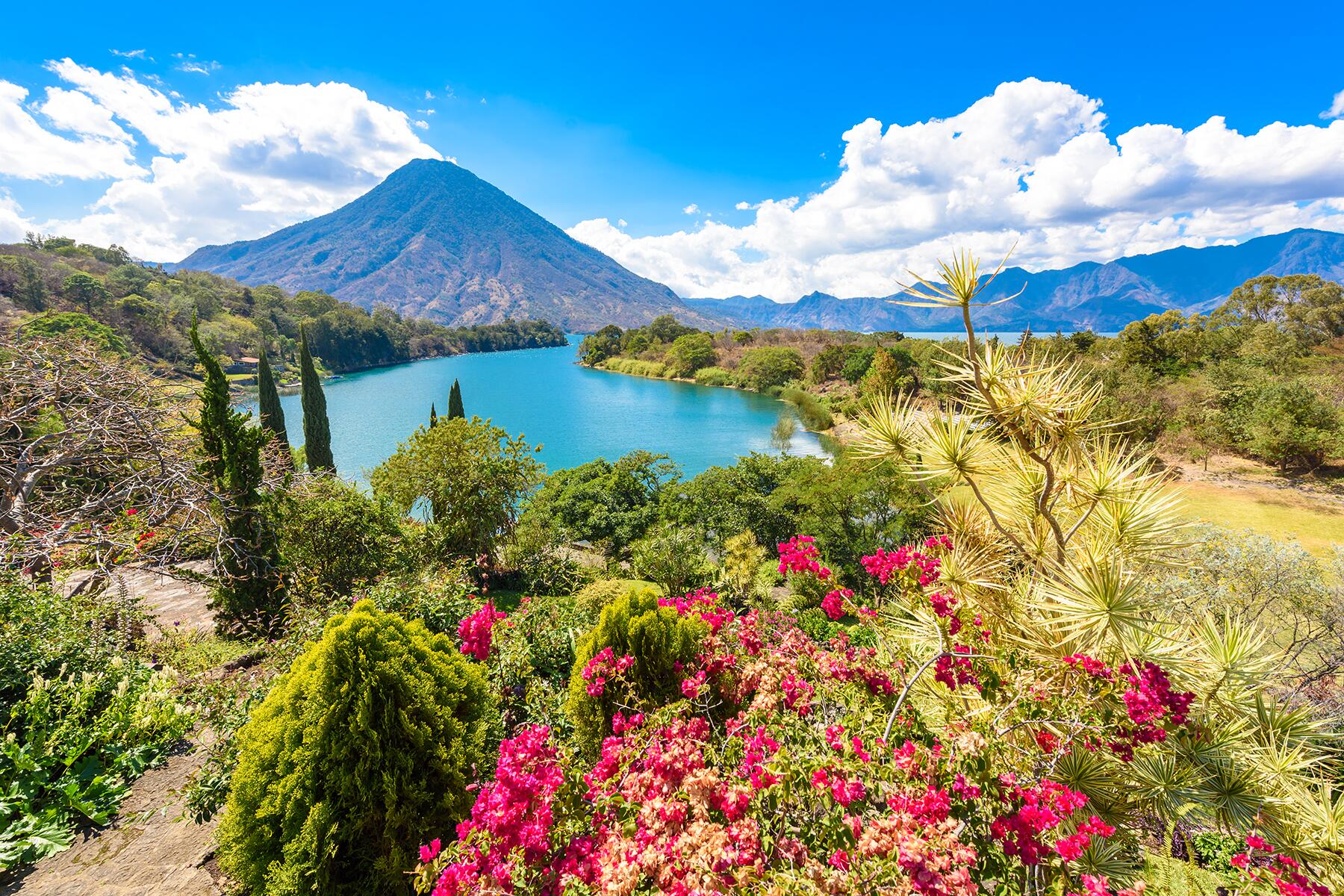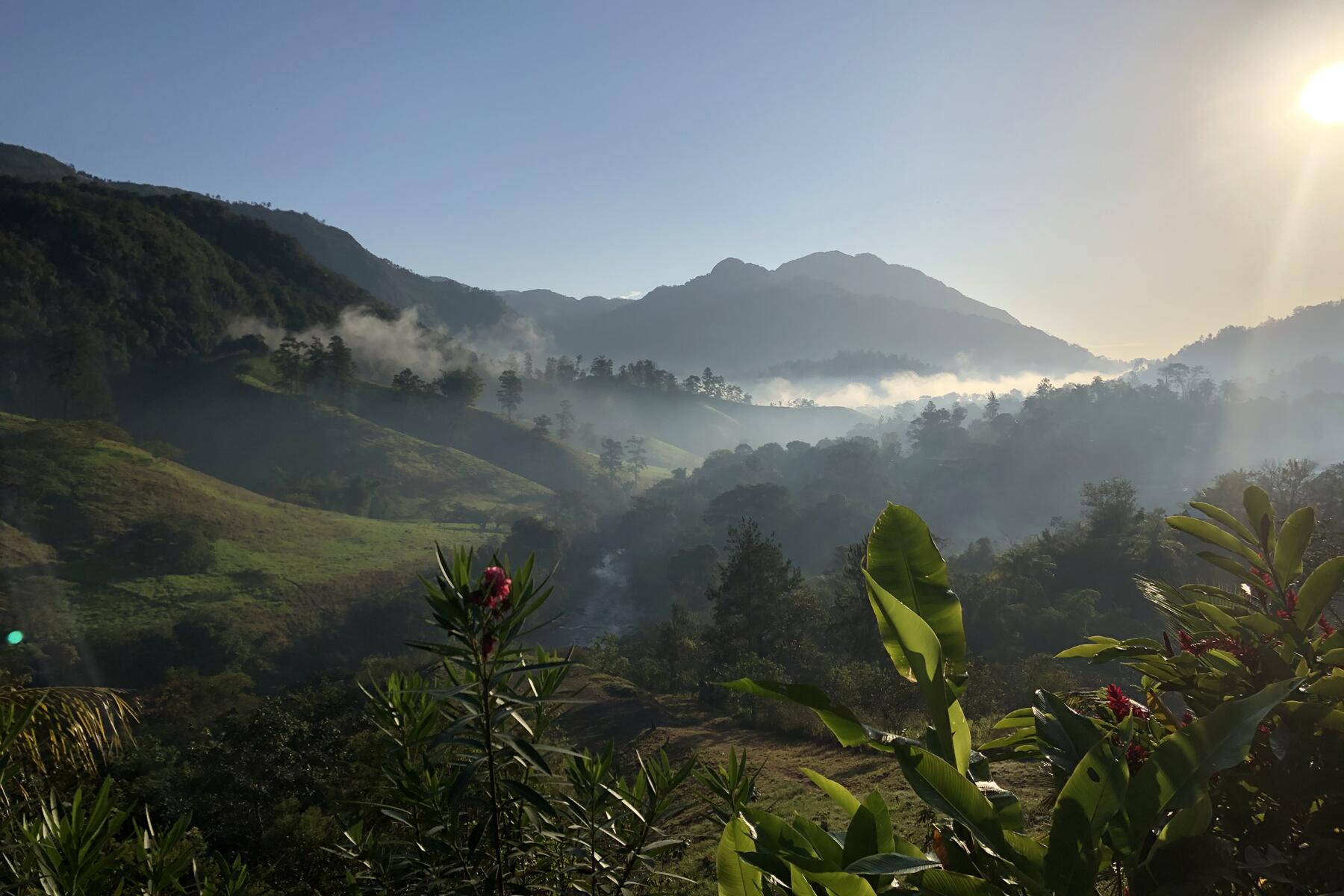The Atlantic Lowlands
The Atlantic Lowlands
Guatemala's short Caribbean shoreline doesn't generate the same buzz as those of neighboring Belize and Mexico. The coast—Guatemalans all call it the Atlántico, even though it's the Caribbean you're seeing—stretches a scant 123 km (74 miles). But whatever you call it, there's plenty to keep you occupied in the lowlands on this side of the country.
Tourist brochures tout this coast as "The Other Guatemala" because predominantly indigenous and Spanish cultures of the highlands give way to an Afro-Caribbean tradition that listens to the rhythms of far-off Jamaica rather than taking its cue from Guatemala City.
Although the indigenous culture here isn’t as striking as that in the highlands, traces of the Mayan empire, such as the impressive ruined cities of Quiriguá and, just ac...
Read MoreGuatemala's short Caribbean shoreline doesn't generate the same buzz as those of neighboring Belize and Mexico. The coast—Guatemalans all call it the Atlántico, even though it's the Caribbean you're seeing—stretches a scant 123 km (74 miles). But whatever you call it, there's plenty to keep you occupied in the lowlands on this side of the country.
Tourist brochures tout this coast as "The Other Guatemala" because predominantly indigenous and Spanish cultures of the highlands give way to an Afro-Caribbean tradition that listens to the rhythms of far-off Jamaica rather than taking its cue from Guatemala City.
Although the indigenous culture here isn’t as striking as that in the highlands, traces of the Mayan empire, such as the impressive ruined cities of Quiriguá and, just across the border in Honduras, Copán, mark the movement of this ancient people through the lowlands, and you'll run across many inland people who speak only their native Q'eqchí. Living in remote mountain villages, they sometimes must walk a full day or more to get to the market towns. The coastal towns of Livingston and Puerto Barrios are home to the Garífuna, an Afro-Caribbean people who speak a Creole language all their own. In this region largely untouched by tourism is the stunning Lago Izabal, one of Guatemala's great, don't-miss excursions.
Although this region borders the Caribbean, you shouldn’t expect that Caribbean, the one of white-sand beaches and azure-blue seas. St. Barts it is not, but a visit here makes a pleasant contrast to the rest of Guatemala. After a stay in the chilly highlands, this region of banana plantations, tropical ports, and slowly moving ceiling fans will seem downright languid and sultry. You’ll enjoy your trip here much more if you adapt to the local rhythm of life. Wake at sunrise and take care of most of your activities in the morning. With a good book in hand, find a hammock in which to relax during the steamy midday hours. Hit the street again in the late afternoon and evening, when the temperatures are a bit cooler.







